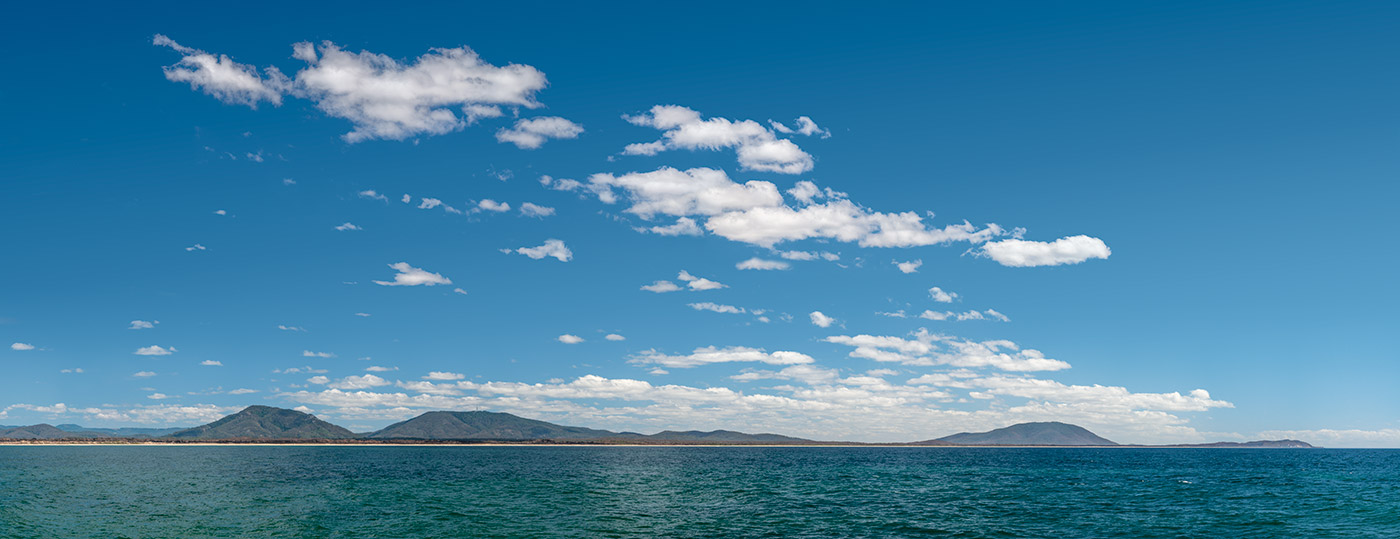31°42’06” South 152°40’46” East
James Cook, 12 May 1770:
As these hills bore some resemblence to each other we call’d them the Three Brothers.
Passing what is now known as the mid-north coast of New South Wales, James Cook thought he named these mountains the Three Brothers. He did not know the Birrbay (Biripi) people had called these mountains the Three Brothers — Dooragan, Mooragan and Booragan — for millennia. Produced by the ABC in partnership with the National Museum of Australia. View transcript
Jaycent Davis, Birrbay:
Yiladara might have been whispering to him [Cook] … ‘Three Brothers, brother’. And he just went — they look like three brothers. Sometimes the earth does speak to you.
Fertile lands
These three mountains dominate the coastal hinterland from Taree in the south to Port Macquarie in the north. Dooragan is also called North Brother. Booragan is South Brother. In between is Mooragan, or Middle Brother. For Birrbay (Biripi) people the three mountains have enduring cultural significance and are connected through storytelling.
When Joseph Banks caught sight of the thickly forested mountains he described ‘a great shew of fertility’. Logging has been a significant industry in the region since European settlement. That changed when Dooragan National Park was declared in 1997, followed by Middle Brother National Park in 1999.
Re-enacting culture
Port Macquarie oyster farmer and photographer Thomas Dick was deeply interested in Birrbay people and their culture. Believing that Australia’s Indigenous people were dying out, he set out to record their way of life.
From 1910 to 1923, he worked with a group of Birrbay people near Port Macquarie. Together they choreographed and photographed hundreds of scenes of what life was like before European colonisation.
Dick's surviving photographs are of great significance to the local community. In recent years, Birrbay people have reconnected Dick’s images with the names of their family.
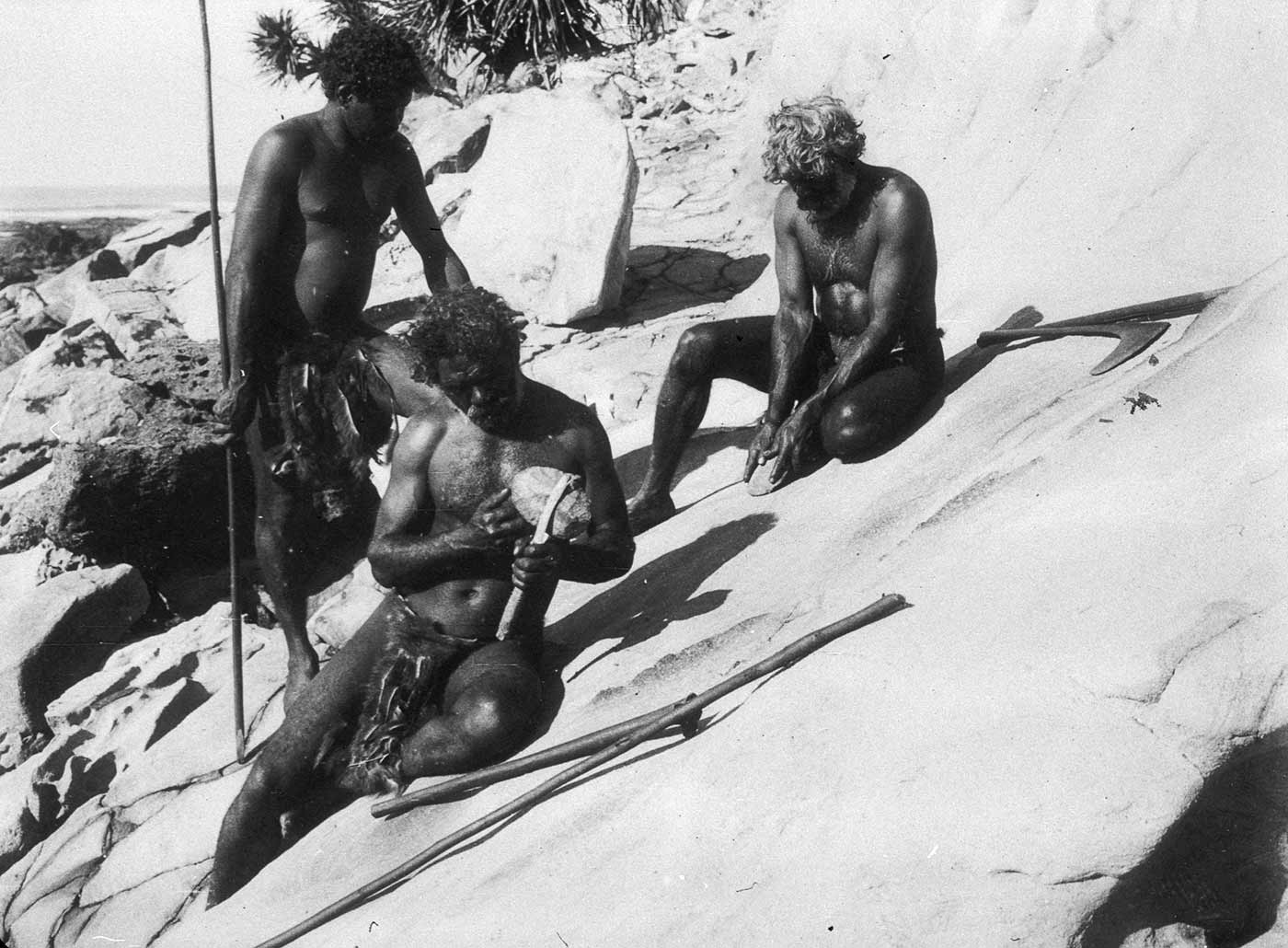
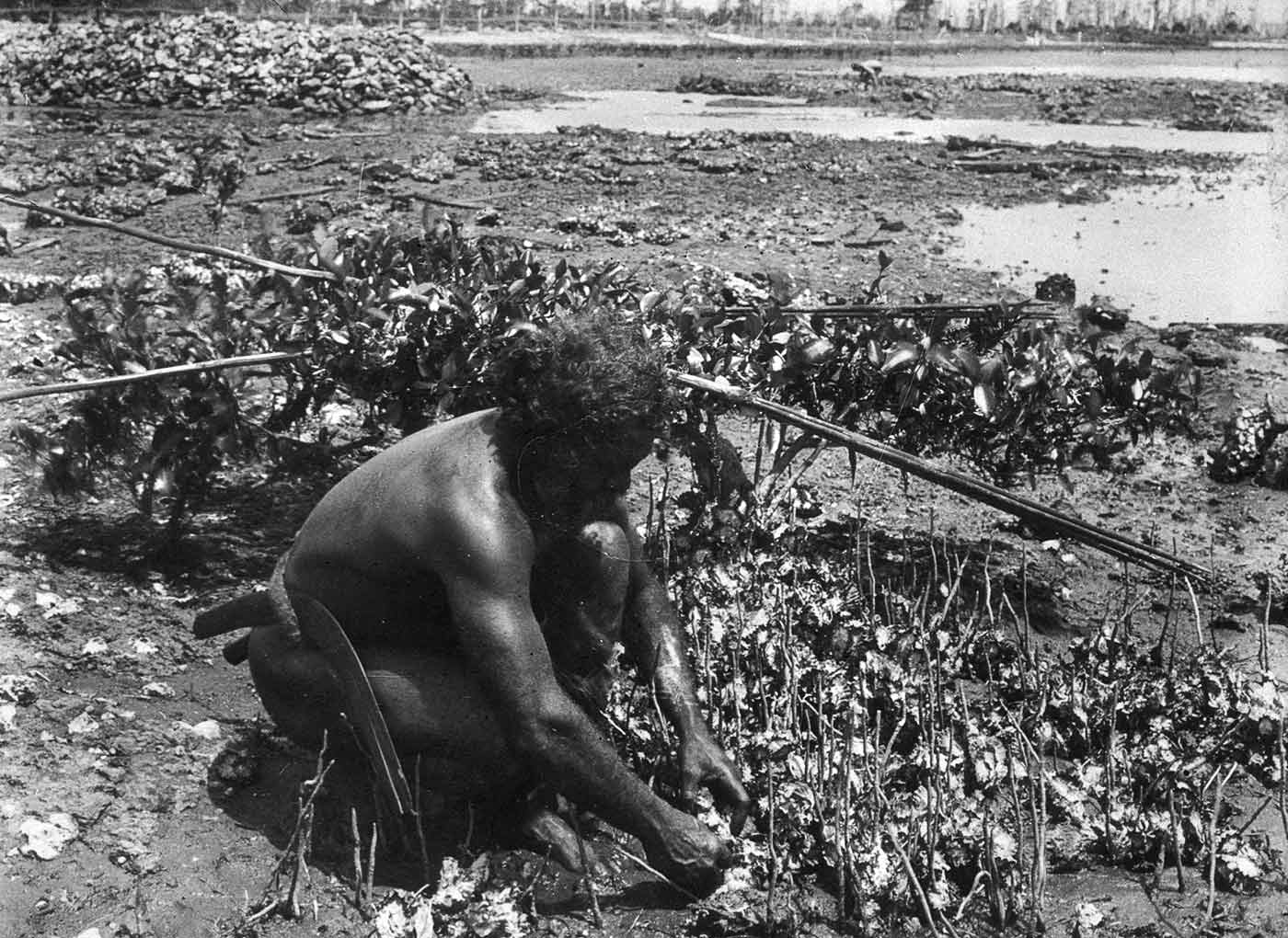
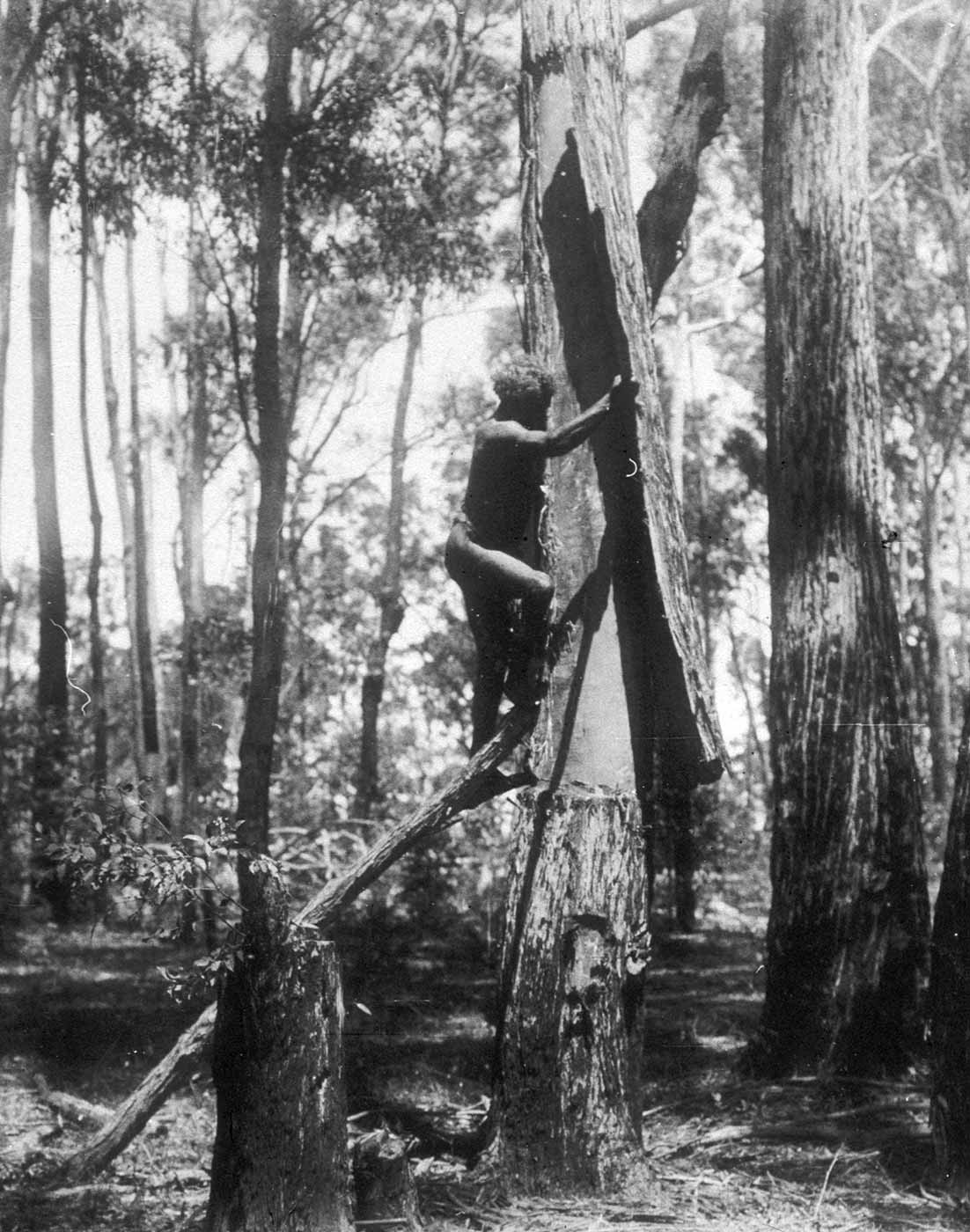
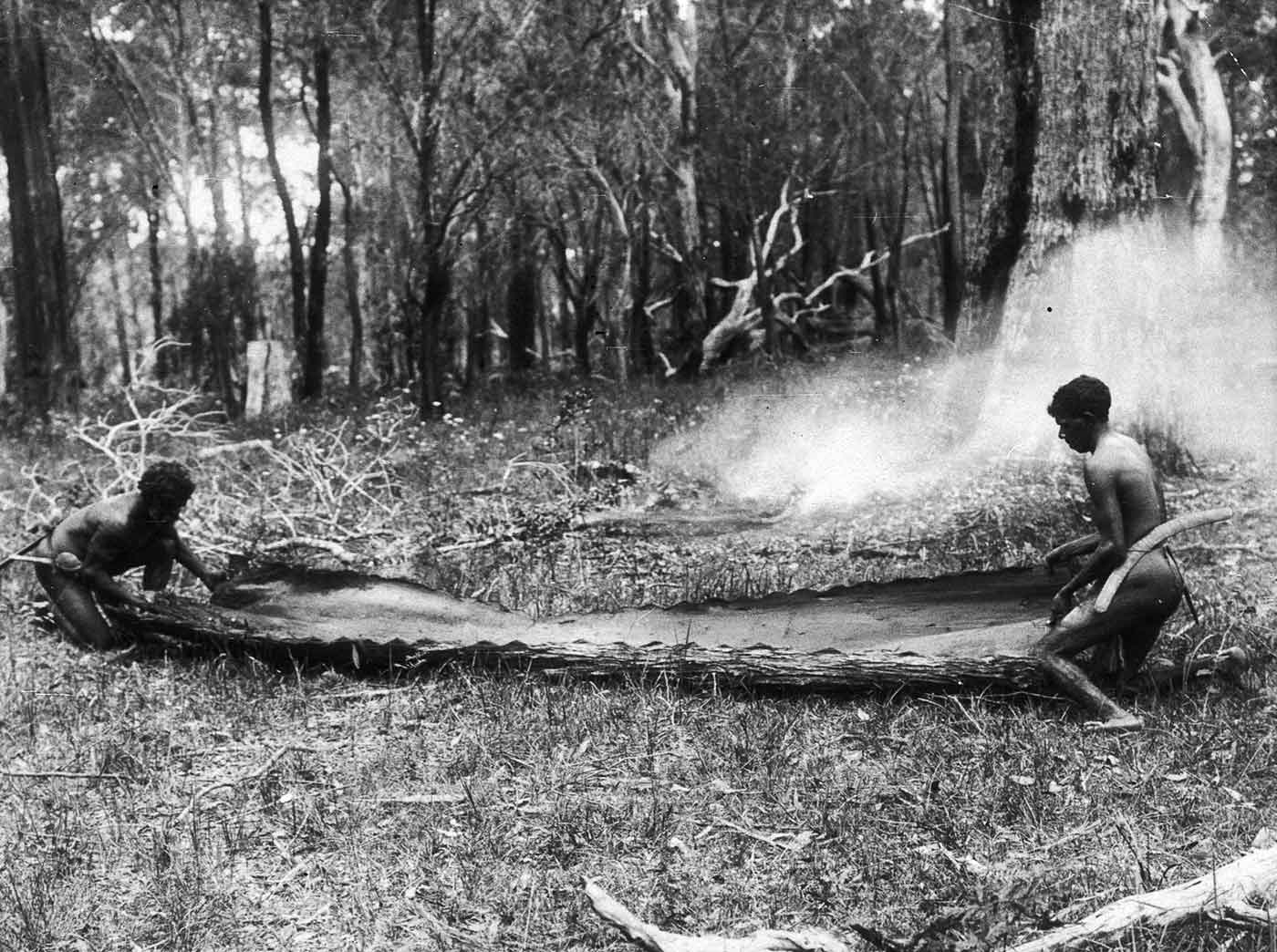
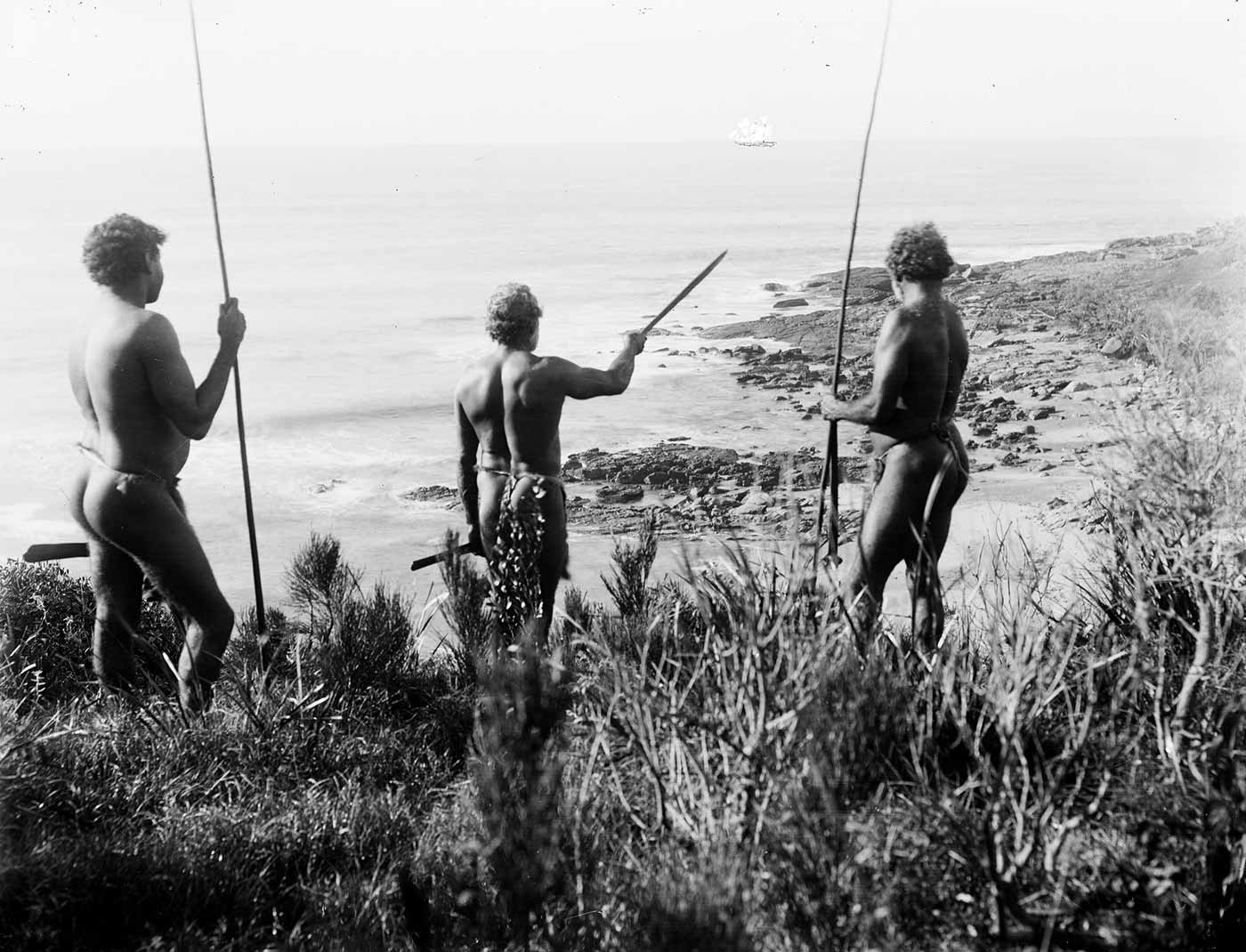
Rhonda Radley, Birrbay Elder:
As an educator [I think] they’re just such a wonderful resource.
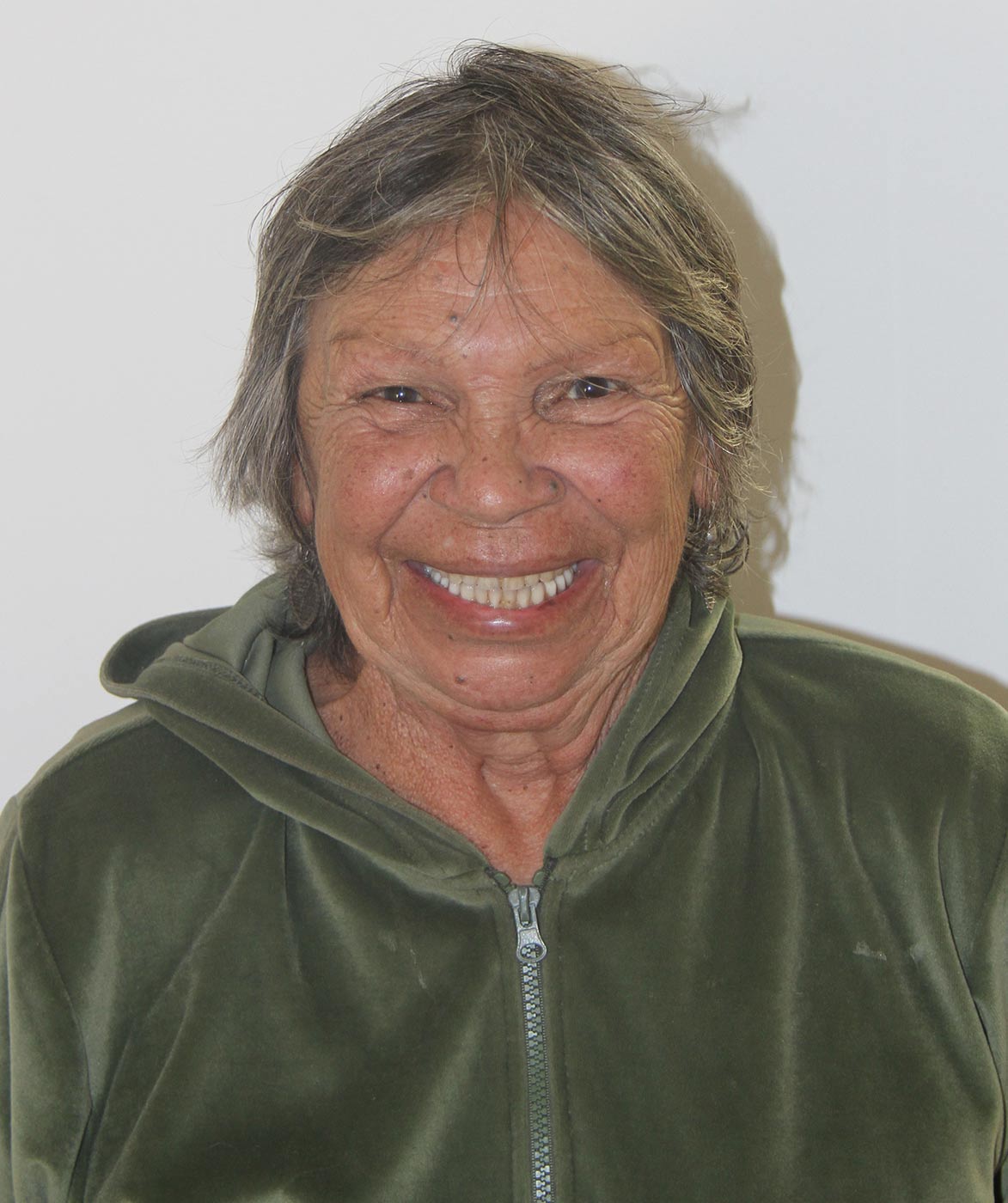
‘A’ for Aboriginal
Like Indigenous Australians from many parts of the continent, Birrbay people have experienced a history of inequality.
Aunty Wilma Moran, Birrbay Elder:
I was born on the verandah of the Kempsey Hospital because our parents weren’t allowed to have children inside the wards.
Wilma Moran was born Kempsey Hopsital’s ‘Aboriginal section’ in 1948. Everything — every sheet, teaspoon and utensil — was marked with an ‘A’.
The hospital continued to segregate Aboriginal people until a new hospital opened in 1964. For elders, memories of segregation linger.
A childhood unrecorded
Wilma has no photographs of herself as a child. Like many Aboriginal families of the time, her family did not own a camera.
One language, many voices
The Ngarrgan Mirriiyn (Morning Star) choir grew out of the Djiyagan Dhanbaan (Strong Sister) group, which brings together Aboriginal women in the Port Macquarie area. The group shares language through singing — a powerful way to revive culture.
The choir writes and sings songs in the Gathang language for audiences on the north coast.
Thanks to Birpai Local Aboriginal Land Council. View transcript
We are strong
This animation tells the story of pre and post European settlement in Birpai country, with Aboriginal and early European perspectives. It features paper-cut drawings by students from Westport Public School in Port Macquarie.
Produced by ABC Open. View transcript
Education resources
These resources cater for students in Years 3 to 6 and all activities align with the Australian Curriculum. Years 3 and 4 align with the history content and Years 3 to 6 align with the cross-curriculum priority of Aboriginal and Torres Strait Islander Histories and Cultures.
